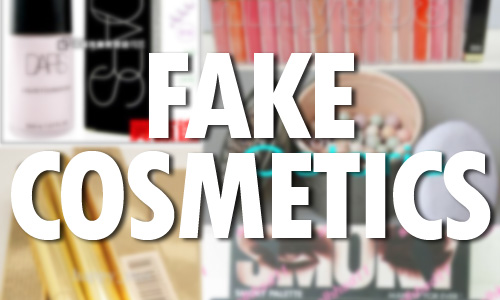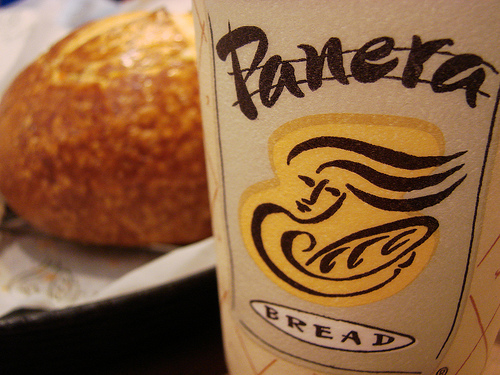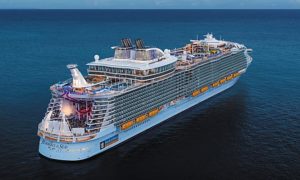When Panera Bread founder and CEO Ron Shaich considers the foods featured on the bakery-cafe’s menu, he pictures serving them to his 11-year-old daughter and 16-year-old son.
“My kids are eating Panera 10 to 11 times a week,” Shaich tells Fortune. “I don’t want to serve them junk.”
That explains why Shaich has been on a personal, decades-long mission to bring healthier and “clean” ingredients into Panera’s chain restaurants while also advocating better transparency about that ongoing process. More than a decade ago, Panera began to use chicken raised without the use of antibiotics, a move that later expanded to all of the proteins it serves. The company also drew lines in the sand on trans fats, listed calorie information on all menus and, more recently, began to remove artificial additives.
That latter effort is still an ongoing process. Panera PNRA -0.10% today disclosed the progress the restaurant chain has made since promising last June to only use “clean ingredients” by the end of 2016.
Panera claims it is the first U.S. national restaurant company to publicly share a comprehensive list of ingredients that have been removed from its menu (or will never appear on future items). That list includes unusual-sounding Disodium Guanylate and Azodicarbonamide (which aren’t in Panera’s food today), as well as Polydextrose and Titanium Dioxide (both of which are being removed from the menu).
In total, about 168 of Panera’s roughly 460 ingredients need to be reformulated to fit Panera’s new standards.
“We are basically cleaning out our pantry,” said Sara Burnett, senior quality assurance manager at Panera.
Within the so called “fast-casual” restaurant space, a category led by Panera and burrito chain Chipotle CMG -1.25% , the message is often just as important as the menu. Those chains focus on using the “cleanest” ingredients possible — even if those moves require sacrificed profits in the short term. A carnitas shortage, for example, has caused problems at Chipotle for months. But executives defend the practice by arguing diners, in particular Millennials, are rewarding restaurants that make good on promises to serve better food with fresher ingredients.
The movement is changing not only the restaurant sector, but also the aisles throughout the nation’s grocery stores as consumers migrate to the perimeter of those stores where fresh fruits and vegetables, meats and dairy are stocked. Conversely, sales of processed foods found in the middle of those stores have faced real headwinds. Even suppliers are feeling the pressure. Tyson Foods TSN -1.02% , for example, last week announced it would ban human antibiotics in its poultry products.
“Consumers are looking for alternatives that are less processed,” Shaich said. He admits that while he doesn’t anticipate that customers will read every chemical on Panera’s published “No-No” list, they can rest assured that those ingredients won’t be found in Panera.
“I would argue ‘clean’ tastes better, as well as it is better for you,” he added.
Panera is particularly excited about its efforts to “clean” up salad dressings. Beginning Tuesday, the restaurant’s salads will be made without artificial sweeteners, colors, flavors and preservatives. Many of the company’s sales, like the new Kale Caesar salad, are made completely without those artificial additives.
“Salad dressings were the most challenging category by far for us [to change],” said Burnett. All commercially made dressing are packed with those ingredients, so Panera had to get creative.
The company also had to be patient. It took two months just to determine what the ingredients were in the Greek salad dressing, for example, and another four months to reformulate the dressing so all the ingredients and the process to obtain them fit in Panera’s new standard. Panera then spent months testing the new formulation in its restaurants.
Shaich says the company’s focus on ingredients is based on his view that Americans are increasingly focused on food, especially as the nation understands that food is an important part of wellness.
“We are increasingly focused on what is in our food and ridding ourselves of a lot of chemical additives,” he said. “That isn’t going to go away. It is going to intensify, that discussion.”
Though investors and analysts sometimes question fast-casual chains about the cost sacrifices they may be making by holding a firm line on their menus, Shaich isn’t dissuaded. He points to Panera’s 4,000% return to investors over the last 15 years versus the S&P 500’s roughly 40% gain.
And perhaps more importantly, Shaich reminds Fortune that this is a deeply personal mission.
“It is a much higher standard than what makes business sense,” Shaich said. “It is ‘How do I want to feed my daughter?’ That’s the gold standard question and when I answer that, it tells me what I want to do for my customers. Because my customers are no different than my daughter.”
For more about fast-casual restaurants, watch this Fortune video:













































































































































































































































![[Video] Chicago Police Officers Caught On Video Telling Two Black Men "We Kill Mother F**kers"](https://earhustle411.com/wp-content/uploads/2018/07/evil-cop-3-300x180.jpg)
![[Video] Chicago Police Officers Caught On Video Telling Two Black Men "We Kill Mother F**kers"](https://earhustle411.com/wp-content/uploads/2018/07/evil-cop-3-80x80.jpg)












![[Video] White Woman Calls The Cops On Black Real Estate Investor, Cops Threaten To Arrest Her For Harassing Him](https://earhustle411.com/wp-content/uploads/2018/05/nosy-neighbor-300x180.png)
![[Video] White Woman Calls The Cops On Black Real Estate Investor, Cops Threaten To Arrest Her For Harassing Him](https://earhustle411.com/wp-content/uploads/2018/05/nosy-neighbor-80x80.png)


![White Scientist Says The Black Community Is Being Targeted By The Medical System, They Are Deliberatly Being Poisoned [Video]](https://earhustle411.com/wp-content/uploads/2016/05/mike-adams-300x180.jpg)
![White Scientist Says The Black Community Is Being Targeted By The Medical System, They Are Deliberatly Being Poisoned [Video]](https://earhustle411.com/wp-content/uploads/2016/05/mike-adams-80x80.jpg)








![Teenage Girl Shot In Her Stomach Three Times But Took Time To Post To Facebook [ Video]](https://earhustle411.com/wp-content/uploads/2016/02/Gangster-chick-300x180.jpg)
![Teenage Girl Shot In Her Stomach Three Times But Took Time To Post To Facebook [ Video]](https://earhustle411.com/wp-content/uploads/2016/02/Gangster-chick-80x80.jpg)







